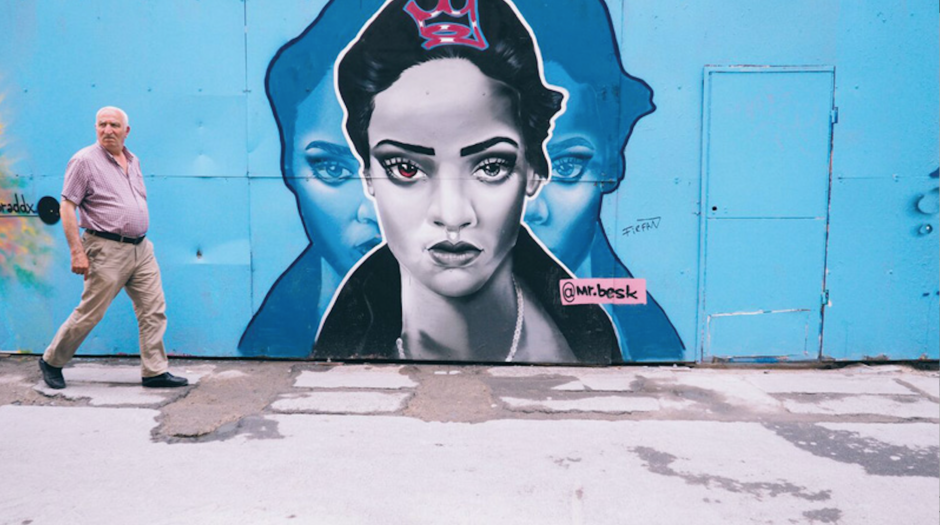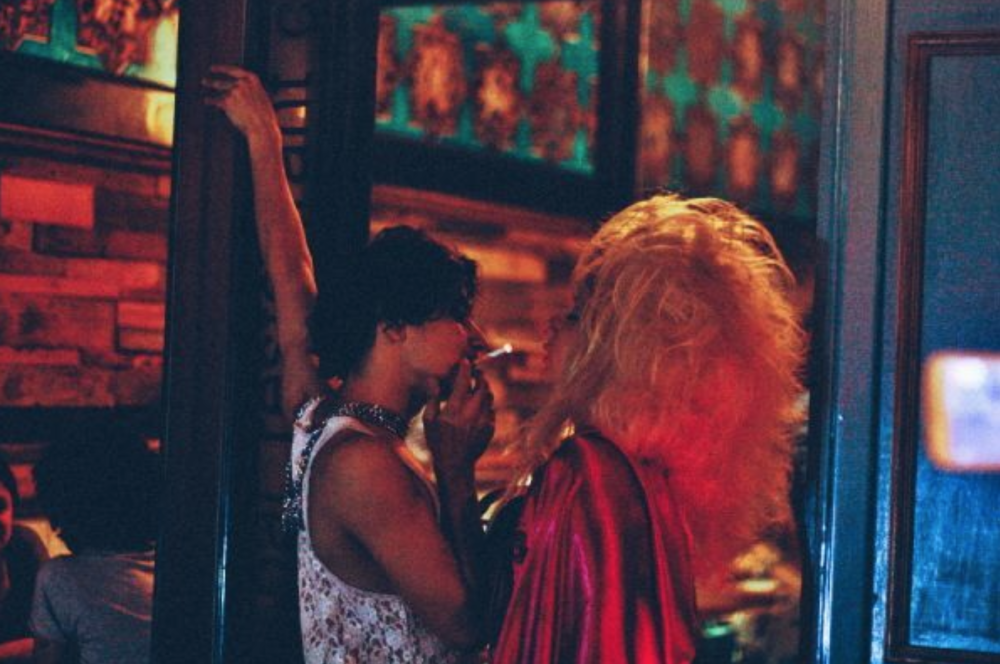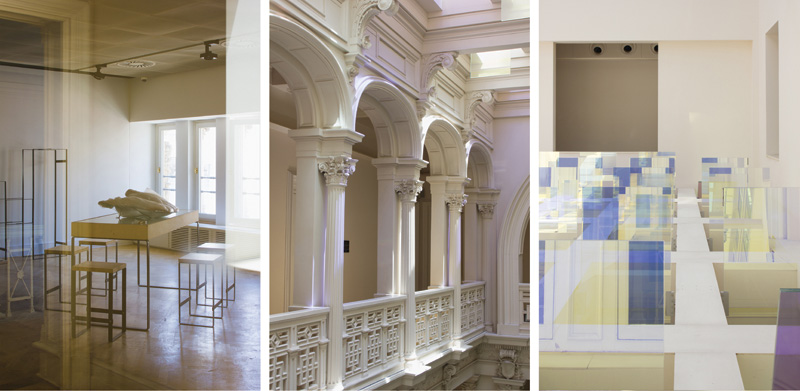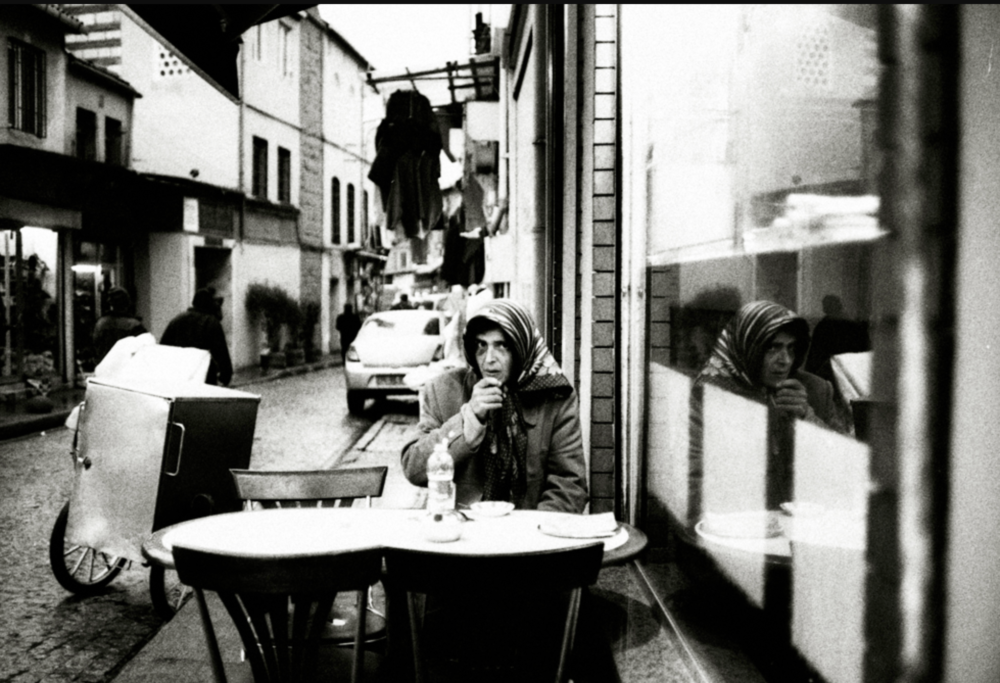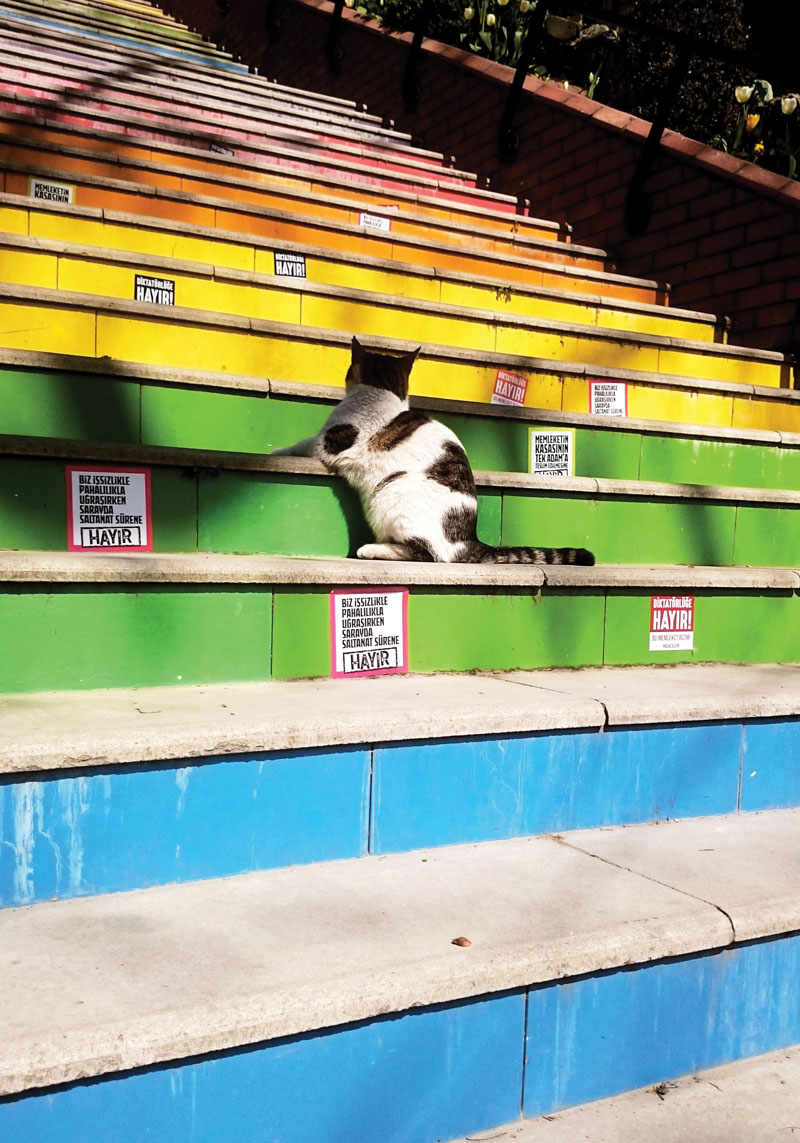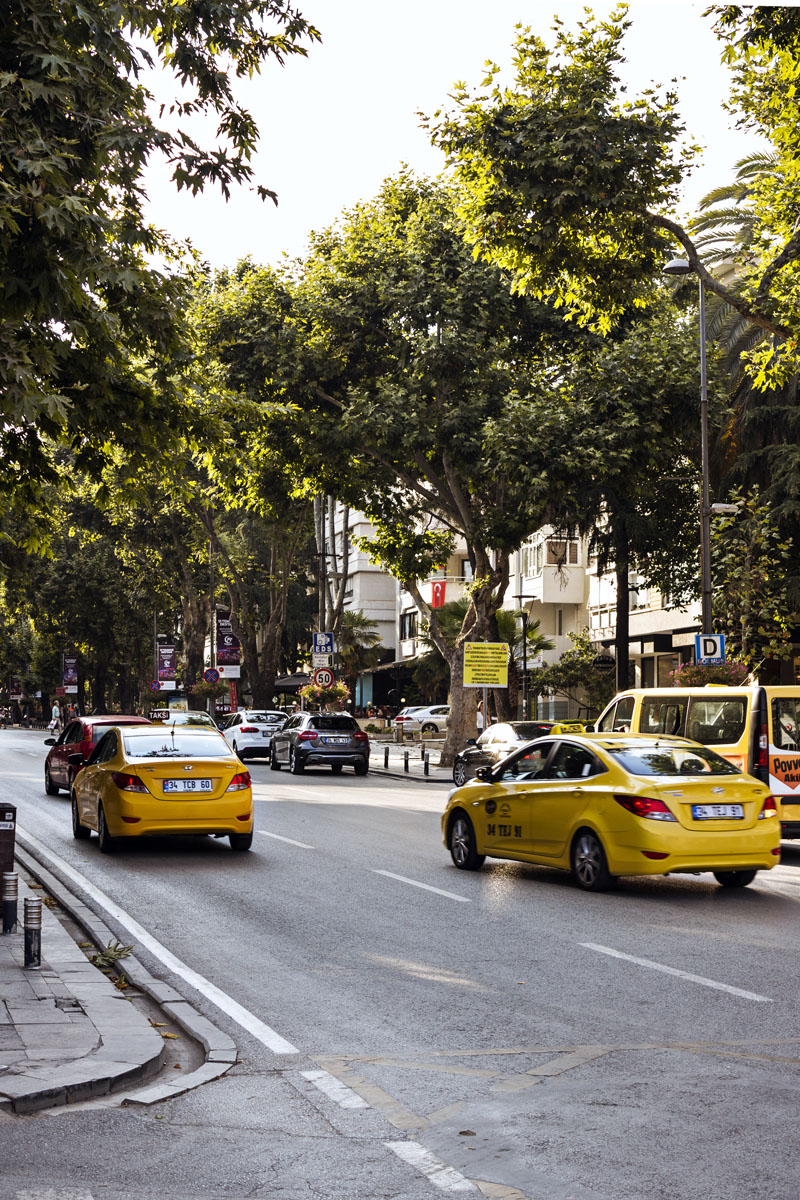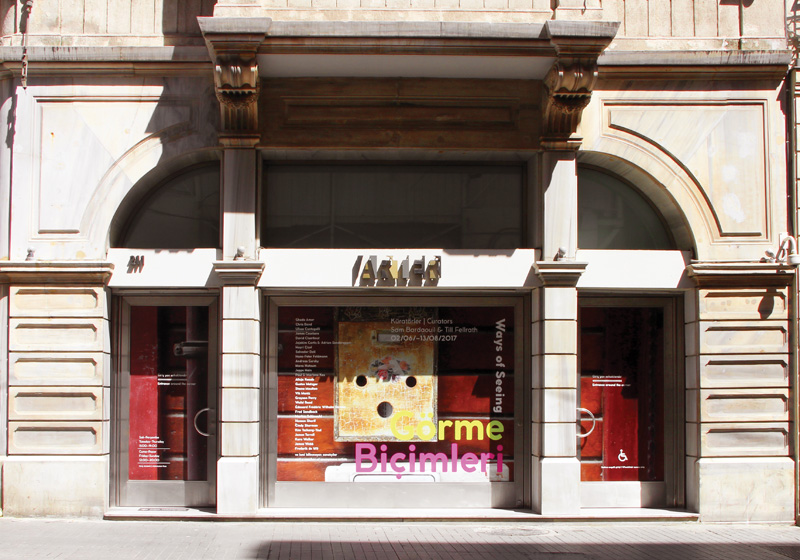ISTANBUL: CONTEMPORARY CREATIVES
Istanbul bathes in so much spectacular past. Its present is mired with deranged terror attacks, colossal political upheavals and many attempts to butcher press and creativity itself, but it is also filled with a community of bold contemporary creatives who are slowly laying a foundation for a better future. While the historical charm of Istanbul presents itself in all its nakedness and glory, its fascinating contemporary culture is still peeling and presenting itself layer by layer.
We talk to six contemporary creatives, who are either from Istanbul or have made Istanbul their home, about their personal relationships with the city, the influences they draw from it, their favourite parts about and of the city, and recommendations for those who, like us, want to explore the contemporary visual culture of Istanbul extensively.
GÖRKEM KESER: PHOTOJOURNALIST
How has your relationship with the city inspired you and your work?
To me, Istanbul has always been a city of chaos, crowd and brute. It was more liveable in the past, but now things like politics and sacrificing nature for the sake of profit have changed the very soul of the city.
gorkemkeser.allyou.net
You can be fascinated by Istanbul for a short time, but when you live here you see how exhausting it can be. Not long ago, the citizens of Istanbul stood up for Taksim Gezi Park, one of the few remaining green spaces, as many others have been lost during the conflicts. The citizens didn’t let the park get destroyed and it was a very important gesture as it showed that they are ready to protect the city. The deterioration of the city, however, continues with new buildings.
Regardless, Istanbul absolutely inspires my works because I consider myself a documentary maker. The city itself is my playground.
What are some of your personal favourite places or districts in Istanbul?
My favourite district is Beyo lu- Karaköy-Sirkeci. Despite being crowded, there are many churches, historical buildings, street musicians, graffiti and art centres there. The district has a rich cultural diversity.
If you could walk around Istanbul with someone familiar with the city that would be the most exciting experience. On one street you may see people performing a prayer, while on another you may see people dancing. If you’re interested in that kind of experience, there are many interesting places such as Church of St. Anthony of Padua, Istanbul Modern, Gezi Park, SALT Galata and Galata Mevlevi Museum (whirling dervish hall) that can be visited.
NAZ CUGUOGLU AND MINE KAPLANGI, CO-FOUNDERS OF COLLECTIVE ÇUKURCUMA
How has your relationship with the city evolved over the years?
Mine: I have always had strong connections with Taksim/Beyoğlu district. After primary school, Taksim was our second home as music, theatre, movies, art, love, nightlife – everything was around Taksim. Seeing the difference in Istiklal Street nowadays makes me quite upset but also super strong. I still enjoy Taksim and am still fascinated by its diversity but somehow I’ve lost the feeling that I belong there.
Naz: Collective Çukurcuma takes its name from one of the neighbourhoods of Istanbul: Çukurcuma. That is where we met and decided to form a collective to focus on collaborative thinking and creative process. Some of our main activities are our reading group meetings and cross-national collaboration projects. We raise questions about the power of books and libraries through our curatorial projects and editorial work. And all of these curatorial projects that we organise are mainly inspired by our city. Taking our roots from where we are based and where our collective is born on the micro-level, we always keep an eye on macro-level relationships that we form with international artists, curators, and researchers.
Although Istanbul has been going through some difficult times lately, I can say that it is unfortunately as dangerous as any other city around the world at the moment. We are going through difficult times together, all around the world. And the solidarity in Istanbul is really strong; there are many new collaborations and initiatives being born. It is a time to stay together; we need to revisit our thinking and working methodologies, focusing on what collaborative approaches could bring to our lives. And, that is basically why we formed Collective Çukurcuma. Founded in response to a need for building a platform generating progressive dialogues and discussions on contemporary art, we aim to rebuild the nearly-forgotten ‘neighbour’ experience among the new generation through forming collaborations locally and internationally.
collectivecukurcuma.com
What are your recommendations to find contemporary visual culture in the city?
Mine & Naz: Kadıköy has become a main art district in the last few years, as many artist-run spaces, offbeat spaces, independent theatres and cinemas, artist studios, and art communities can be found here. Bomonti, a new gated-cultural hub, includes Alt Art Space and Leica photography gallery. Also Dolapdere is rapidly changing and becoming a bridge between Bomonti and Taksim by hosting new galleries like Dirimart and Gaia and one of the largest contemporary art museum projects by Vehbi Koç Vakfı (which will open to the public in 2018).
KÜRSAT BAYHAN: PHOTOJOURNALIST
How has your relationship with the city evolved?
For me, the most important thing is that different kinds of cultures exist in the city. As a documentary and contemporary photographer, I now feel that it’s a sort of burden that I am from Istanbul. I have to document the changes and people in the city. My first book Away from Home is the result of my curiosity about where I live and what is the origin of many other people living here. Are they, like me, away from home? So l tried to find out answers to these questions through my book.
I have been working on a new project about the northern part of the city which is under a great risk of being demolished as there is a plan to build a High Road through the forests. It’s a project I have been working on for five years now about the topographical changes in North Istanbul – deforestation and vanishing of rural life. I mostly travel to villages of Istanbul like Odayeri, Tayakadın, Zekeriyaköy, Demirciköy and Karaburun to try and document these changes.
instagram.com/kursatbayhan
OLGA DOLEN: ARCHITECTURAL VISUALIZATION ARTIST
Could you tell us about your association with Istanbul?
Istanbul is a city of contrasts. It is a city where modern buildings are located not far from stately old houses and where many people lived their whole lives in the same neighbourhood and yet a large number of people moved here from somewhere else. In this unique place, there are people rushing off to work, yet others are relaxing and enjoying the luxury of residing in one of the most ancient cities in the world. Here you can experience four seasons in a day because of its whimsical and unpredictable climate which adds versatility to the megalopolis.
I decided to move here five years ago because I fell in love with a Turkish guy, who later proposed to me and we got married. When I had just moved here I was totally amazed by Istanbul, infatuated with the language, people and food. I wanted to go out every weekend to explore the city and couldn’t understand my friends’ indifference towards it. I remember one of my friends had told me that I was experiencing culture shock and that was my “honeymoon” stage which would phase out eventually. I didn’t take her words seriously at that time, but she was definitely right.
After about two years here I noticed that I’m not so happy and excited about this place anymore. Almost everything started irritating me; heavy traffic, crowded places. And only then I remembered my friend’s words and understood that even this stage, which lasted for two years, is temporary. Only a few months ago, I realised that I feel comfortable here once again.
I definitely don’t live in a bubble of dreams in this city as I used to when I just stepped on this land. I can easily see the drawbacks but I try a lot to bring the best out of it and focus on the positive sides.
What are some of your personal favourite places in Istanbul, and why?
Istanbul has a reputation of a very hectic lifestyle, but I always manage to find tranquillity in relaxing places like the marinas (Fenerbahce marina, Tuzla marina) with the spectacular sight of the sparkling water and white yachts anchored there.
One of the liveliest and most joyful districts on the Asian side of Istanbul, which I like a lot, is Bağdat Avenue, which is pedestrian-friendly with sidewalks and one-way traffic. It’s considered to be the fourth best shopping street in the world where you can find reputable, high fashion brands, department stores, classy restaurants of local and international cuisine, modern cafés and pubs. It’s a place where the ‘créme de la créme’ of Istanbul’s society enjoys their free time.
Another very popular and charming place is Moda, Kadikoy district, surrounded by interesting, small cafés, restaurants and workshops, where the young and intrepid have channelled their talents into small businesses.
I would recommend that you start exploring from Karakoy, which recently has become a hub for the contemporary art scene. One of my favourite places there is SALT Galata. It’s an innovative institution and research centre located in the historic Ottoman bank on Bankalar Street and has an exhibition space, a research library, an extensive bookstore, workshop spaces, a cafe and restaurant with a stunning view overlooking the roofs of the historical houses and Suleymaniye Mosque.
The reason I’m struck by the architectural beauty of SALT is that it impeccably combines the uniqueness of antique style with the modern pragmatic one. The penetration of lights through the coloured glass panels creates the interesting radiant shadows on the columns which adds a feeling of weightlessness to this space. The library is built according to the recent technological advances to make it as convenient as possible for the readers to get engrossed in the world of literature and appreciate the history of the past reflected in the surroundings of the hall.
Within several steps from SALT, you can find ANNA LAUDEL contemporary gallery, located in a beautiful neoclassical building, hosting a dynamic exhibition program. It also has an Art Shop that offers democratically priced prints, photographs, ceramics, sculpture and art journals, aimed at supporting the new generation of art buyers and emerging collectors. Another gallery is ARTER, where local and foreign artists are exhibited through installations, video, painting, and sculpture. It’s located in the heart of Istiklal Avenue, Taksim with its floor to ceiling glass entrance where you’ll always see something that will entice you to enter.
olgadolen.com
YASEMIN ÇAKIR: GRAPHIC DESIGNER
How has your relationship with Istanbul evolved over the years?
This experience of having two different lives makes me open to trying out new things, and I find Istanbul a mirror of this feeling. The city combines European and Oriental life. You have so many issues like the crowded traffic or stores which have bad signboard designs.
The “confusing” surroundings of my city gives me a sandbox to play with, and it improved my skills during my education in Mimar Sinan Fine Arts University. In this city of contrast, you can never get bored as there is always something to keep you busy. There is always something that breaks the monotony. Just like the life here, my designs have a rhythm. So design can take people to the places they want to go to. To bring that out, I use a lot of typography in my designs and build the content through text.
What are some of your personal favourite places in Istanbul?
Istanbul has a lot of green places. One of my favourites is Rumelihisarı which is located in the Sariyer district of Istanbul. Then there is Aşiyan museum which is close by. Aşiyan means ‘bird nest’ in Persian language and it is the house of the Turkish poet Tevfik Fikret (1867-1915) who designed the house himself. It also has very a beautiful garden with a fantastic view of Bosphorus.
behance.net/yasemincakir

